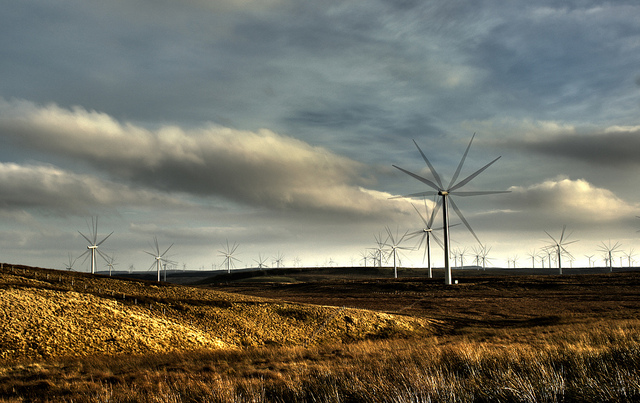There’s lots of talk recently about the wealth of Jeff Bezos. There are maps comparing his wealth to entire countries, a “You are Jeff Bezos” game where you can spend his money on different things - like paying their fair-share of taxes, and a graphic that puts his wealth in perspective. A recurring point is that most people simply cannot fathom the amount of money he has. The number is $150 billion. My favorite attempt to bring the number into human terms is Quartz’s article, “The average US worker would need 10 times the length of all human history to earn as much as Jeff Bezos”. This beautifully captures the point that someone does not simply earn or work for such an amount of money, but rather captures it. We, at degrowth.info, thought a similar calculation would be interesting. We wanted to know how many humble (but hopefully useful) projects like ours Jeff Bezos’ wealth could pay for. In case you haven’t heard already, degrowth.info is improving its site to better support the degrowth community and improve the usability of the platform – this will cost 7,500€.

New Roots for the Economy: academics, experts, artists, activists and organizations from around the world demand a farewell to our economy's growth dependency to avoid further crises. In the turmoil of the crisis, our everyday lives are being shaken up. We need to reinvent, adapt, organize ourselves. This is also true for the degrowth movement: this crisis has driven us to connect, debate, and...
On the occasion of the presentation of our project Degrowth in Movement(s) at the Budapest Degrowth Conference, commons activist Silke Helfrich wrote a summary on the event. Read more on the CommonsBlog.

by Almuth Ernsting (Biofuelwatch) Living in Scotland, I should be proud of our government’s energy and climate change commitments. Not of those by the UK government, whose climate credentials consist mainly of slashing support for onshore wind and solar power, handing some €400 million in subsidies to energy companies for keeping old coal power stations open and riding roughshod over mass oppo...